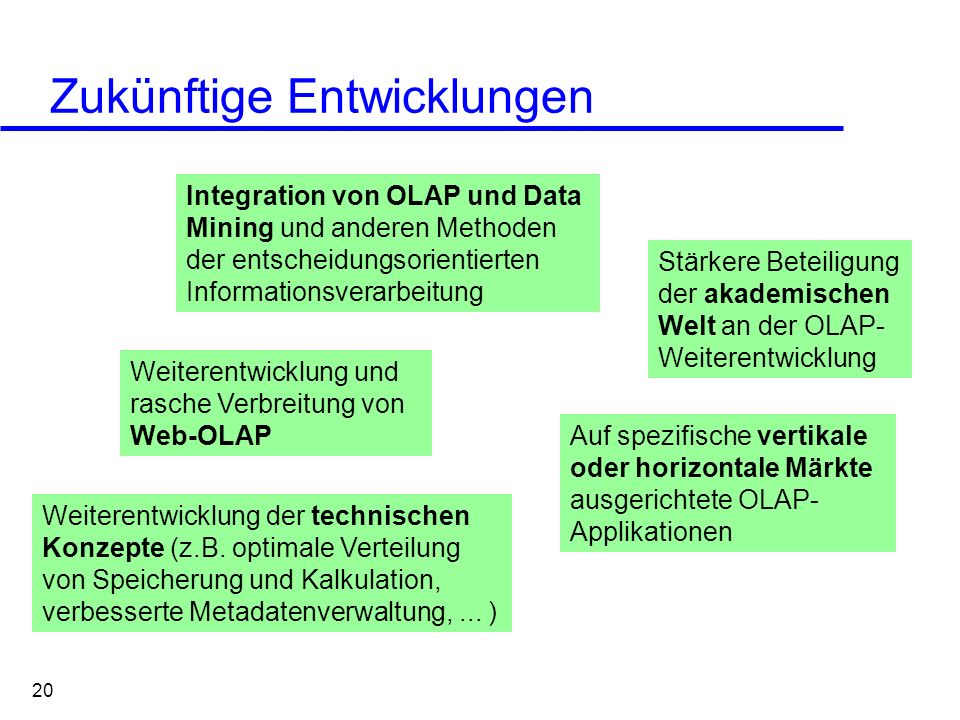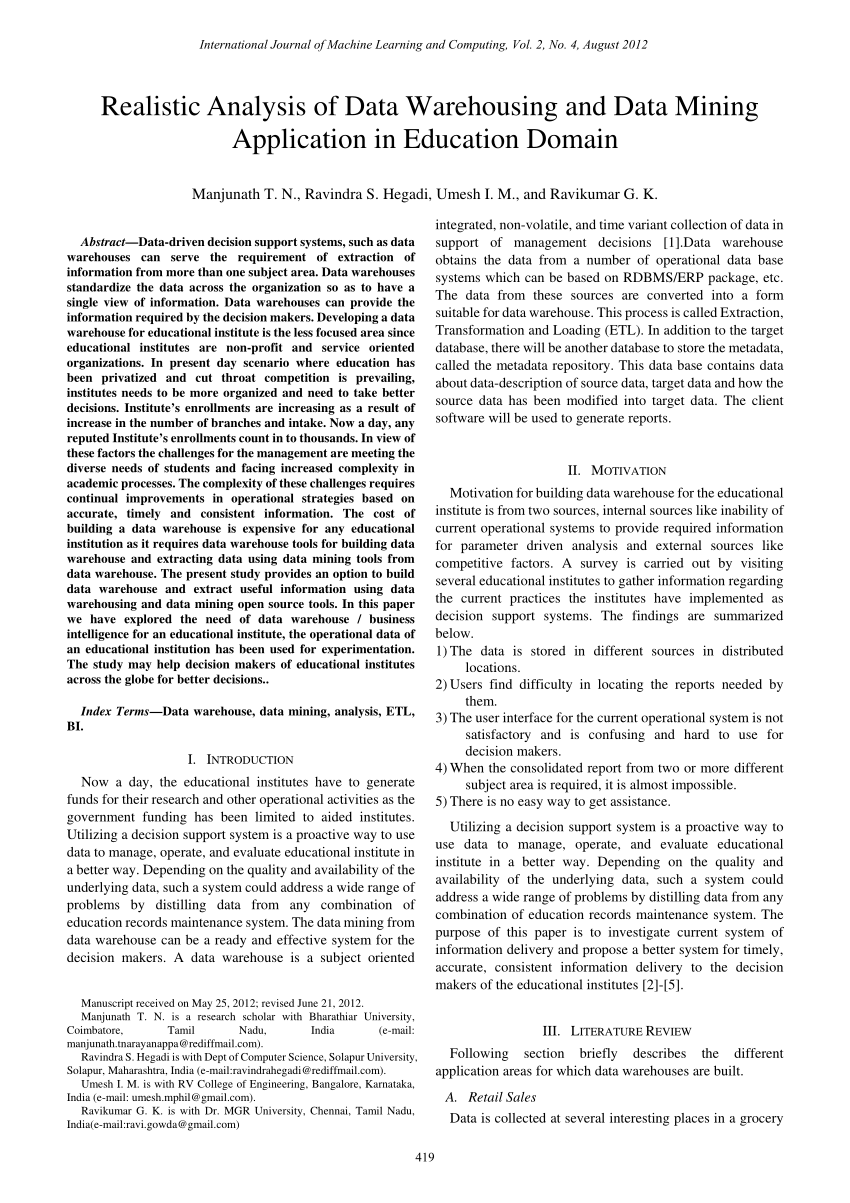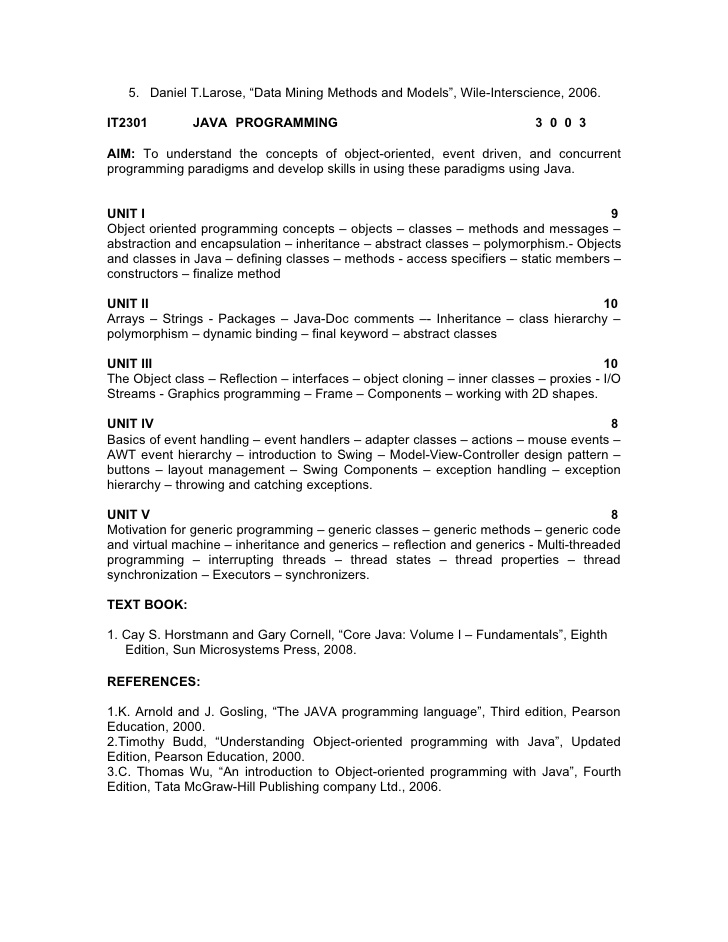- Data Warehousing Data Mining And Olap Alex Berson Pdf Free Download
- Data Warehousing Data Mining And Olap Alex Berson Pdf File
- Data Warehousing Data Mining And Olap Alex Berson Pdf Free
- Data Warehousing Data Mining And Olap Alex Berson Book Pdf
Data-warehousing-mining-and-olap-management-alex-berson 2/9 Downloaded from coe.fsu.edu on July 3, 2021 by guest simplify big data data warehousing market analysis by top key players, regions, product segments, and applications 2025 It is important to understand the difference between a data warehouse, data mart, and mining mart. Preview — Data Warehousing, Data Mining, and OLAP by Alex Berson 'Data Warehousing' is the nuts-and-bolts guide to designing a data management system using data warehousing, data mining, and online analytical processing (OLAP) and how successfully integrating these three technologies can give business a competitive edge. Recognizing the pretentiousness ways to get this ebook data warehousing mining and olap management alex berson is additionally useful. You have remained in right site to begin getting this info. Get the data warehousing mining and olap management alex berson join that we pay for here and check out the link. You could buy guide data warehousing. Get Free Data Warehousing Mining And Olap Management Alex Berson RTU and RGPVTable Of Contents:Chapter 1: Introduction To Data MiningChapter 2: Concept.
Data Warehousing Data Mining And OLAP Written By Alex Berson Amp Stephen J. Smith-hotfile.rar FIG. 6E is a schematic representation of a generalized embodiment of a multidimensional on-line analytical processing. From a Data Warehouse in an OLAP. Improved method of and apparatus for aggregating data elements in multidimensional databases (MDDB).
3) Reema Theraja “Data warehousing”, Oxford University Press. Dunham, 'Data Mining Introductory and Advanced Topics', Pearson Education Reference Books: 1) Randall Matignon, 'Data Mining using SAS enterprise miner ', Wiley Student edition. 2) Alex Berson, S. Contoh database perpustakaan dengan microsoft access 2007. Smith, “Data Warehousing, Data Mining & OLAP”, McGraw Hill. Useful data can be extracted from this big data with the help of data mining. Data integration – The ability to combine data that is not similar in structure. 1) Alex Berson and Stephen J.Smith Data Warehousing,Data Mining and OLAP.
Authors: Alex Berson and Stephen J. Smith Publisher: McGRAW-HILL (ISBN 0-07-006272-2) Data Warehousing, Data Mining, & OLAP, written by Alex Berson and Stephen J. Smith (Computing McGraw-Hill 1997), focuses on data delivery as a top priority in business computing today. The authors use the forward to specify the three areas of data warehousing to be covered in the book as 1) bringing data necessary for enhancing traditional information presentation technologies into a single source, 2) supporting online analytical processing (OLAP), and 3) the newest data delivery engine, Data Mining. The book is broken into five parts, Foundation, Data Warehousing, Business Analysis, Data Mining, and Data Visualization and Overall Perspective. Each part goes into a tremendous amount of detail starting general and moving to the specific, detailing at least five long chapters within each section. The Foundation section begins by introducing the data warehouse, presenting an overview of client/server architectures and presenting parallel processors and cluster systems.
The section continues by discussing distributed database management systems, and by individually offering an overview of major client/server RDBMS database environments such as Oracle, Informix, Sybase, IBM’s DB2, and Microsoft MS-SQL Server. This section builds a tremendous foundation of warehousing technology by detailing hardware architectures, multiprocessing architectures, and RDBMS features and solutions. The second section, Data Warehousing, begins by detailing data warehousing components and the processes of building a data warehouse. This section of the book details mapping the warehouse to the parallel processing architectures, selecting database schemas for decision support, the process of extracting, cleaning, and transforming data, and describes meta data as a key component of supporting the knowledge workers. The chapters go into tremendous details, discussing tool requirements and offering a look at tool-by-tool vendor-based solutions. The Business Analysis section of this book begins by breaking reporting and query tools into categories including reporting tools, managed query tools, executive information system (EIS) tools, OLAP tools, and data mining tools.
The authors talk about the need for developing reporting applications and then discuss many of the most recognized reporting and querying tools on the market today. The chapters in this section also detail OLAP (what it is and and why it is necessary), introduces patterns and models for business analysis, explains different types of statistical analysis, and delves briefly into the technologies of expert systems and artificial intelligence. The fourth section, Data Mining, introduces the topic by discussing its motivation, measuring its effectiveness, and by defining the difference between discovery and prediction. The first chapter in this section talks about the state of the data mining industry and compares the present technologies to that of days in the recent past. The rest of the chapters in this section discuss decision trees, neural networks, genetic algorithms and rule induction. The section wraps up by helping the reader to select and use the right tools.
The final section, Data Visualization and Overall Perspectives pull together the information from the previous sections. In this section, the authors assume a basic understanding of what was delivered in the other sections. This section focuses on “putting it all together” by discussing scalable solutions, the data warehouse market, costs and benefits of data warehousing, and by describing Berson and Smith’s impressions of what is to come (and may already be here) in the field of data delivery. These impressions cover distributed warehouses, internet/intranet for information delivery, object-relational databases, and very large databases (VLDBs). The appendixes of the book provide additional information beyond that already detailed in the sections and chapters described above.
The appendixes include a detailed glossary of business and technical terms used and discussed in the chapters, a section on improving return on investment (ROI), Dr. Codd’s twelve guidelines for OLAP, and the Data Warehousing Institute’s ten mistakes for data warehousing managers to avoid. With this book, Data Warehousing, Data Mining, & OLAP, Alex Berson and Stephen J. Corel draw 11 free download rar. Smith have delivered an important reference for all individuals developing data warehouses right now. The book provides a level of detail that is hard to find in one place anywhere. Through their ability to introduce, define, and detailed all aspects of data delivery, and the depth of information about tools presently on the market, this book will be a tremendous tool and reference guide to any individual responsible for delivering data to the corporation. About Robert S.
Warehousing data is based on the premise that the quality of a manager's decisions is based, at least in part,on the quality of his information. The goal of storing data in a centralized system is thus to have the means to provide them with the right building blocks for sound information and knowledge. Data warehouses contain information ranging from measurements of performance to competitive intelligence (Tanler 1997).

Data mining tools and techniques can be used to search stored data for patterns that might lead to new insights. Furthermore, the data warehouse is usually the driver of The knowledge discovery aspect is emphasized by Bali et al (2009), since the management of this new knowledge falls within the KM discipline.
It is beyond the scope of this site to offer an in-depth look at the data mining process. Instead, I will present a very brief overview, and point readers that are interested in the technical aspects towards free sources of information.

Data Warehousing Data Mining And Olap Alex Berson Pdf Free Download
Very briefly, data mining employs a wide range of tools and systems, including symbolic methods and statistical analysis. According to Botha et al (2008), symbolic methods look for pattern primitives by using pattern description languages so as to find structure. Statistical methods on the other hand measure and plot important characteristics, which are then divided into classes and clusters.
Data mining is a very complex process with different process models. One is the CRoss-Industry Standard Process for Data Mining (or Crisp-DM). The process involves six steps (Maraban et al, in Karahoca & Ponce 2009):
Business understanding -> data understanding -> data preparation -> modeling -> evaluation -> deployment
For more on data mining see the book 'Data Mining and Knowledge Discovery in Real Life Applications', edited by Ponce & Karahoca (2009), available for free from intechopen.com where numerous other potentially relevant resources can also be downloaded.

Data Visualization
Data Warehousing Data Mining And Olap Alex Berson Pdf File
This process involves representing data and information graphically so as to better communicate its content to the user. It is a way to make data patterns more visible, more accessible, easier to compare, and easier to communicate. Data visualization includes graphical interfaces, tables, graphs, images, 3D presentations, animation, and so on (Turban & Aaronson in Parankusham & Madupu 2006).
Data Warehousing Data Mining And Olap Alex Berson Pdf Free

DSS are other tools used in conjunction with warehousing data. These are discussed in the following subsection.
Data Warehousing Data Mining And Olap Alex Berson Book Pdf
2010 - Updated 2018